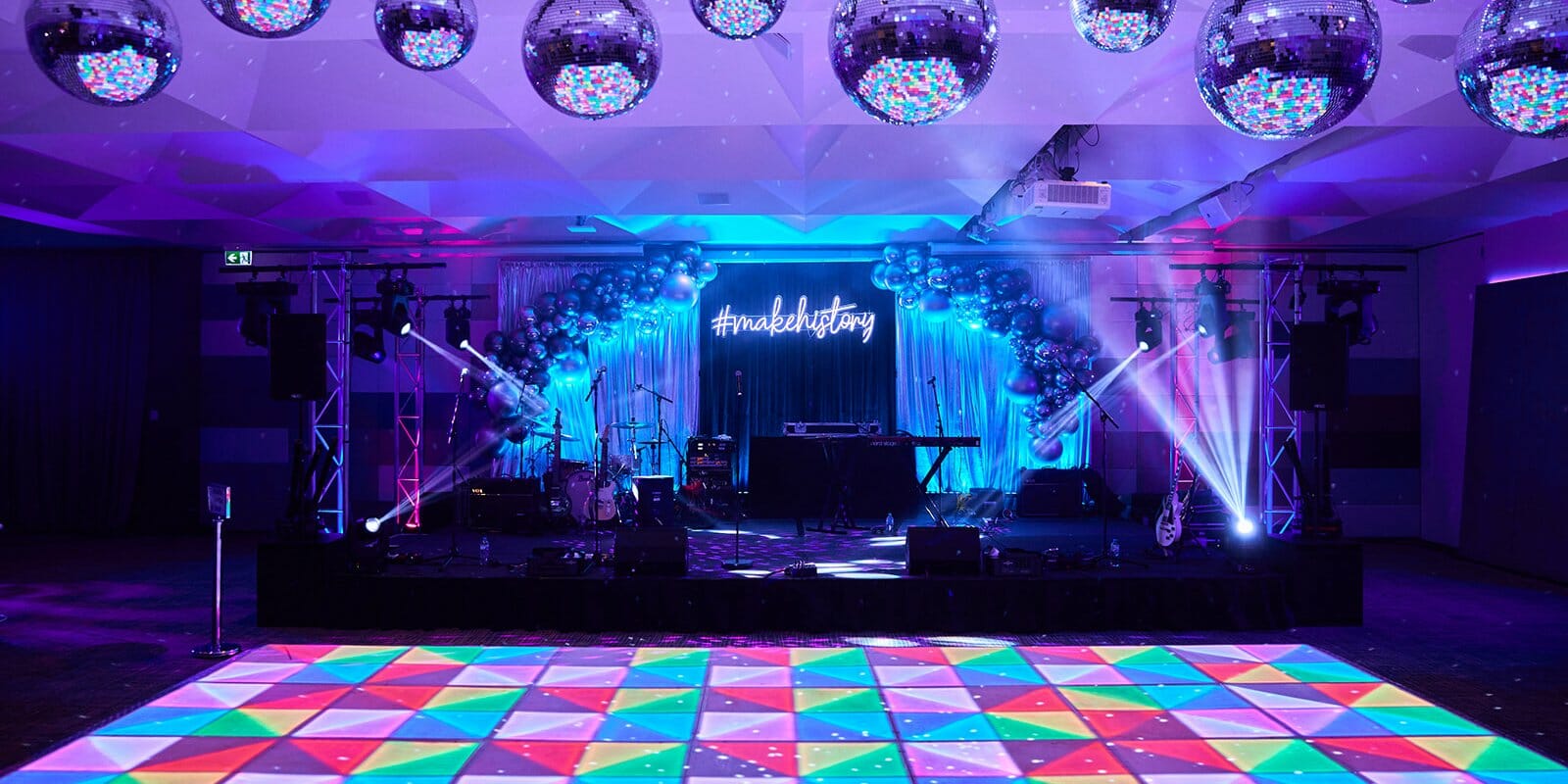Choosing the appropriate components for constructing a long-lasting and secure external performance surface is essential for guaranteeing an pleasurable session. Exterior movement platforms must endure diverse climate elements while offering a stable surface for performers and participants. Therefore, it is essential to consider factors such as material durability, safety features, and maintenance demands when making choices. This guide will examine several suitable options and their benefits in designing an open-air dance floor.
One popular choice for outdoor dance floors is wood. Wood provides a traditional and inviting appearance that many consider attractive. Solid woods like beech or ash are particularly preferred due to their durability and ability to cushion shock, which can safeguard dancers’ ligaments. Additionally, timber has inherent anti-slip properties when finished properly, minimizing the chance of injuries. However, preserving a timber dance floor demands regular sealing and refinishing to protect it from humidity and ultraviolet exposure, rendering it critical to account for the climate in which the floor will be installed.

Another practical alternative is composite materials, which blend natural fibers with plastic. These materials are designed to be impervious to moisture, mold, and fading from UV exposure. Synthetic dance floors offer longevity similar to conventional wood without the intensive upkeep. They are less susceptible to distortion and splitting than wooden visit this web-site floors when exposed to extreme environmental conditions. In addition, composite materials often have integrated anti-slip features, making them a safer choice for open-air occasions.
For those looking for a more modern solution, interlocking tiles made of PVC or elastomer are reliable options. These tiles are designed for easy installation and can be rearranged or swapped as required. The versatility of using interlocking tiles permits rapid assembly and disassembly, making them ideal for temporary dance events or festivals. Moreover, these flooring types provide shock absorption that improves support while dancing and reduces the likelihood of injuries caused by falls. The sealed structure of PVC and rubber also inhibits water penetration, additionally extending the life of the dance surface.
Finally, it is crucial to evaluate the site and planned function of the exterior dance floor when choosing materials. For instance, if the dance floor will be situated in a high-traffic area or exposed to inclement weather regularly, opting for durable materials that require minimal maintenance will be essential. On the other hand, for less intense use or in more sheltered locations, lighter best site materials may be adequate. In any case, prioritizing safety features such as traction and shock absorption should stay at the center of design.
To summarize, constructing a long-lasting and secure open-air dance floor requires thoughtful assessment of diverse solutions appropriate for different settings and applications. Timber offers classic aesthetics but demands consistent care; composite materials balance aesthetics with durability; interlocking tiles offer adaptability and convenience. At the end of the day, identifying the unique requirements of the dance floor's planned use will inform material selection toward choosing the most suitable solution for an satisfying and secure dancing experience in outdoor spaces.